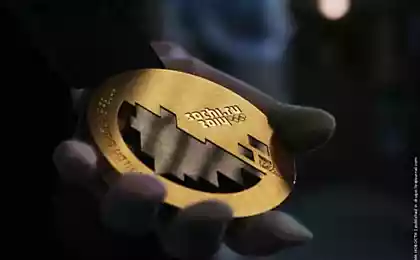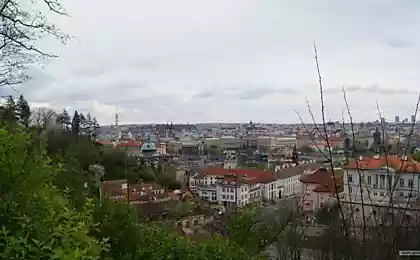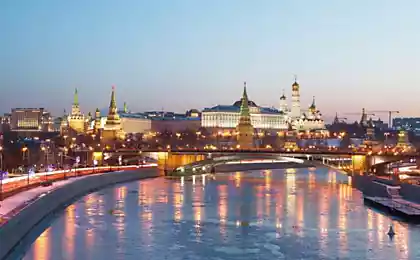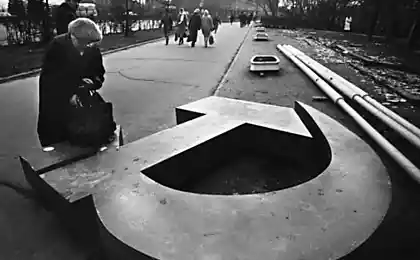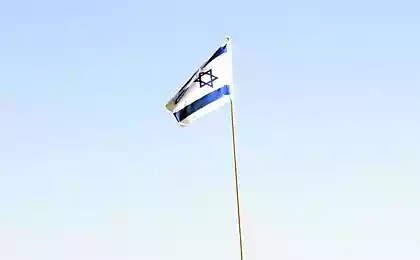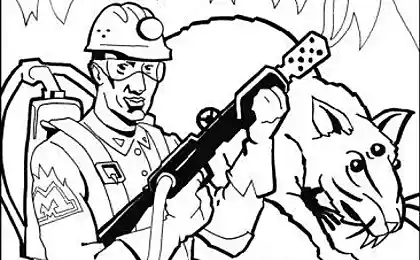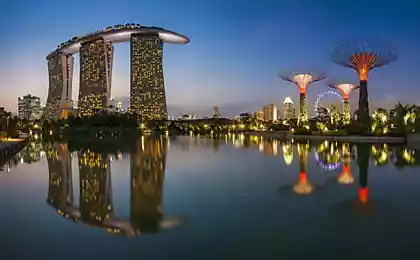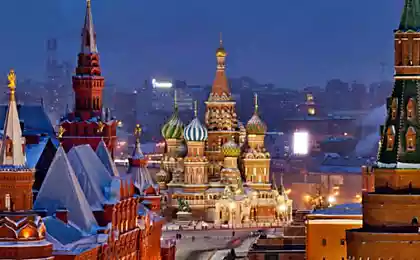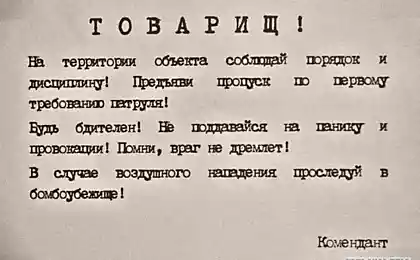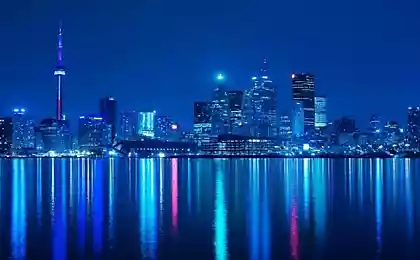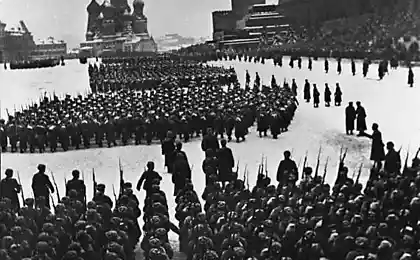888
25 facts about Moscow

1. According to most researchers and historians, Moscow got its name from the river that runs nearby. There are two versions of the origin of the name "Moscow". Supporters say the first version, the word "Moscow" has Finnish origin, since once on the banks of the river is the ancient settlement of Finnish tribes. According to this version of the "Mosquito" is translated as a bear, and "wa" like water. Supporters believe the second version, it was given the name of the ancient Slavs and Old Slavonic "Moscow" means "wet", "wetness».
2. The names of streets and squares in Moscow were given a reason. For example, the Kremlin gates were named Borovitsky because there, grew up around the fortress wall real pine forest. In place of the river bank, overgrown with moss, Moss Street emerged, and a small swamp - Marsh Street.
3. The ancestors of modern Muscovites were mainly engaged in various crafts: produced iron, started doing the skin, make products from clay and wood. Almost everyone had a vegetable garden and a garden.
4. In general, the site of modern humans lived in Moscow for a long time. Archaeological excavations uncovered stone tools and bones, showing that in the area of modern Moscow lived ancient people engaged in hunting and fishing. And at the confluence of the Neglinnaya to the Moscow River settlement was inhabited by pastoralists.
5. The city and its surroundings take place a few dozen rivers. Large rivers are tributaries of the Moscow River - is Jauza, Neglinnaya, Gangway, Kotlovka, Khodynka, Setun. In modern conditions, many of them were imprisoned in the sewers.
6. Moscow is surrounded by forest. And the territory of the city there are several parks, including Timiryazevskiy, Izmailovo, the Botanical Garden with its unique collection of plants, Boring garden. In the east, the city is natural national park Elk Island.
7. Moscow - a modern transportation hub. Daily buses, trolleybuses, trams and metro are 12 million people. Length of 278 kilometers of the Moscow metro. It consists of twelve lines, which is one hundred seventy-two station. Most stations - underground, but there are also ground and five above ground. The shortest length of track between the stations "Downtown" and "International", the longest between "Volgograd prospectus" and "textile workers».
8. is presumably in Moscow there is a secret subway line. It is believed that it was built to provide communication between the Kremlin and other institutions with bunkers for shelter in case of danger. However, there is no reliable evidence of this.
9. Moscow is of great importance both scientific and cultural center. Located here Russian Academy of Sciences comprises 90 departments and 78 research centers. In addition to the Academy of Sciences in Moscow, there are also other scientific academy. Collections Moscow museums - the Tretyakov Gallery and the Pushkin compete with the most famous collections in the world. In Moscow, there are 109 cinemas, 31 concert hall, 142 exhibition centers, 78 museums and 72 theaters.
10. There is a legend that the famous treasure of the Templars are in Moscow. The treasures were smuggled from Paris during the destruction of the Order. Preserved in Moscow and traces of the Templars. They can be seen on the walls of the St. Daniel Monastery. The first tier of the gate of the church is decorated with stucco rosettes in the form of the coat of arms of the Knights Templar - six-petalled rose in a white square box whose corners are cut four rings.
11. June 29, 1904 in Moscow came a strong tornado. Having destroyed several villages on the way, breaking the century-old trees in Sokolniki and houses destroyed in Lefortovo, having walked along the Moscow River, a tornado lifted up the water and the bottom bared.
12. One of the most mysterious places in Moscow - Tsaritsyno. Once the place where the royal manor was built, called "Black Dirt" because it was "unclean." Since ancient times hung over him like doom, if it survived their owners.
13. Two of the most famous diamonds in the world are kept in the Diamond Fund in Moscow. One of them is called the "Shah", its mass is 88 carats. On the stone marked the inscription telling about its former owner. In 1829, he was presented to Nicholas I Shah in Tehran as a sign of reconciliation after the defeat of the Russian embassy and the assassination of a diplomat and poet Alexander Griboyedov. Almaz "Eagles" is the largest collection of the Diamond Fund. Presumably it was found in India, and was the eye of a Buddha statue. Later it was bought by Count Orlov as a gift to Catherine II.
14. Glass windows in the homes of the boyars appeared in the XVI century., and until then the inhabitants of Moscow instead of glass bubble was fish or mica.
15. In the XV-XVI centuries. Muscovites for winter fun skating made from animal bones.
16. For nearly fifteen years in Moscow, around clean ponds, riding the tram "Annushka". There is a cafe.
17. Moscow Lenin Library - the largest in Europe.
18. Huge oak trees in Kolomenskoye, stood seven hundred years - the oldest trees in Moscow.
19. The famous Pushkin monument on Tverskaya Street used to be on the opposite side of the street. And this place is only fifty years.
20. The most expensive street in Moscow - the Tretyakov Passage. Here are the most expensive boutiques.
21. For the first time water has appeared in Moscow in 1804. A sewage system was built in 1898. The Moscow Telegraph earned in 1872, and the first phones started to ring among the Muscovites in 1882. Lift Moscow was first constructed in 1901.
22. Two tons of garbage and pollutants per minute released in the atmosphere of modern Moscow.
23. December 1, 2008 was a record - 496 elegantly decorated with several hundred designers spruce decorated with a New Year Moscow.
24. In Moscow, ostensibly live 12 famous ghosts, not counting the hundreds of little-known. Among them, The Black Monk, limousine Beria, Cat Behemoth and others.
25. The most unusual benches are located in the garden of the Moscow Art Museon, next to the Central House of Artists. Here you can sit on a bench-palette bench "cereal grain" or bench-centipede.
Source: www.kabanik.ru
via factroom.ru


